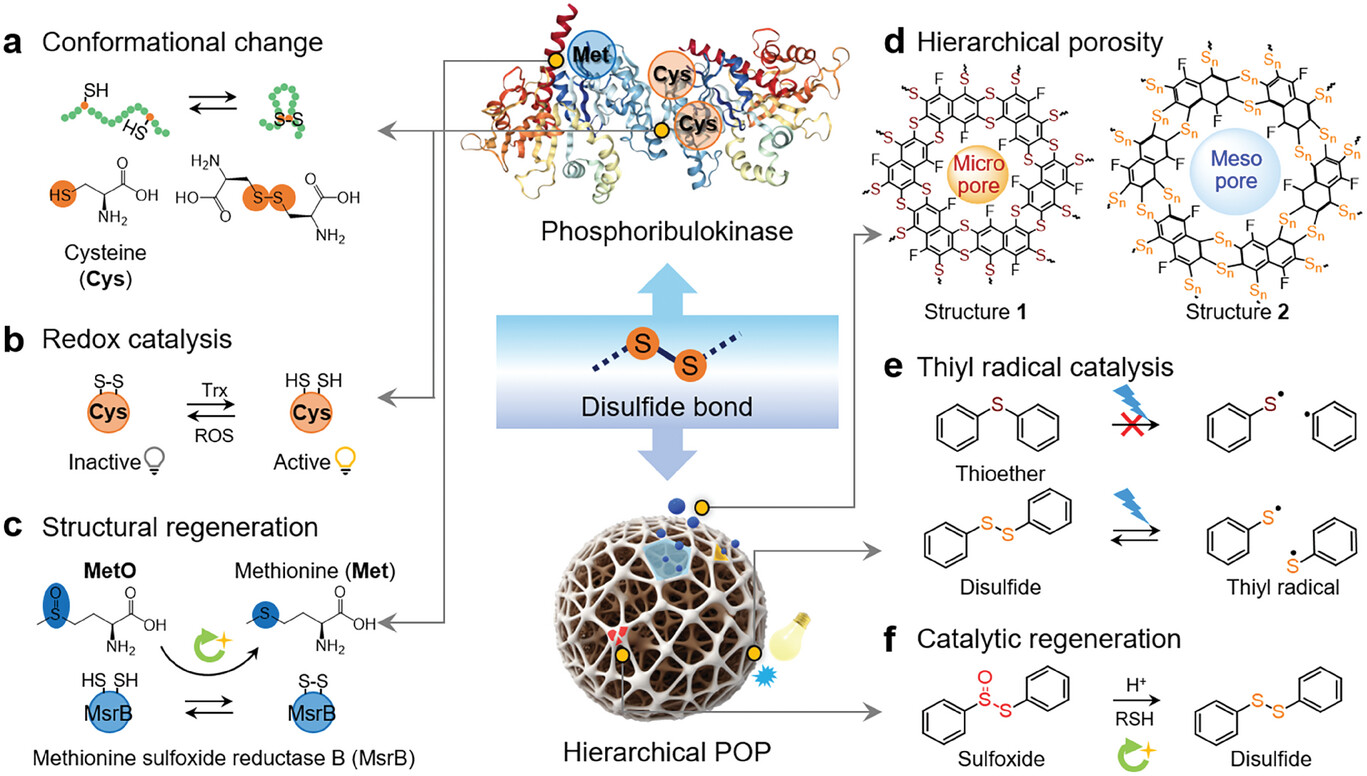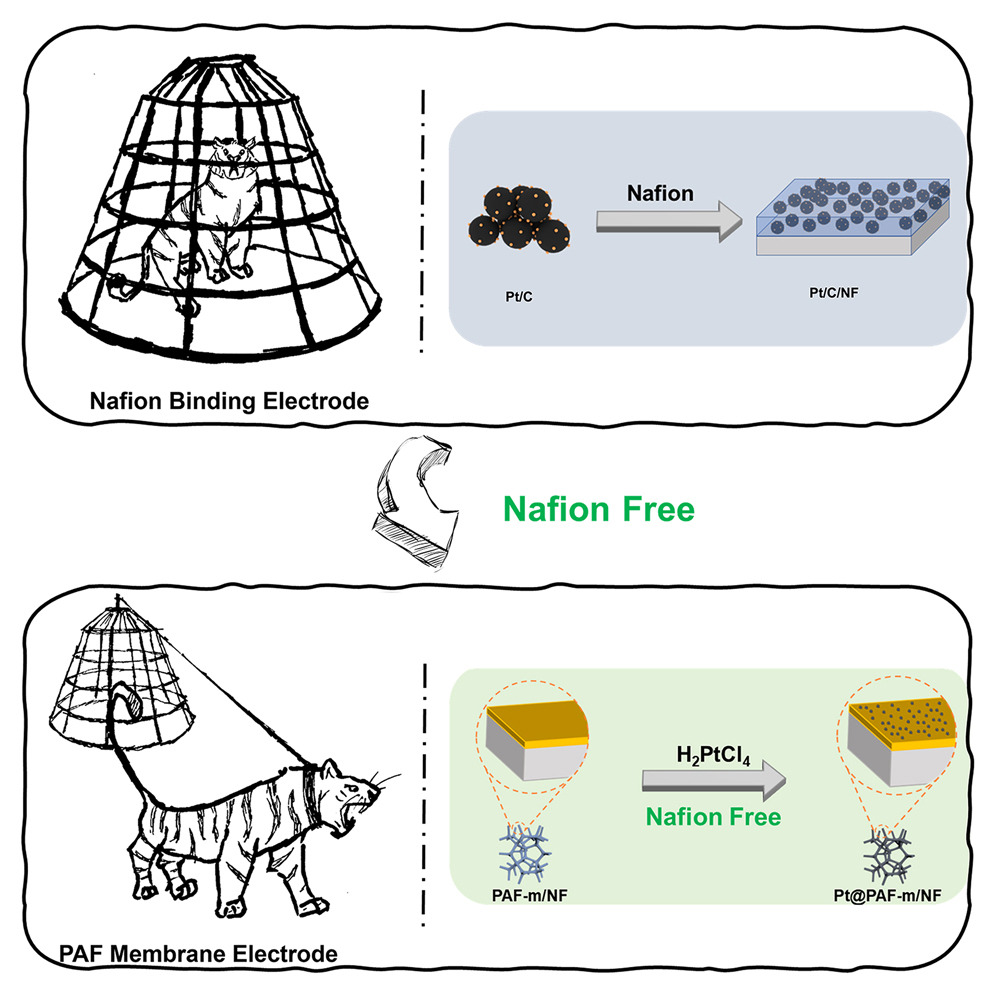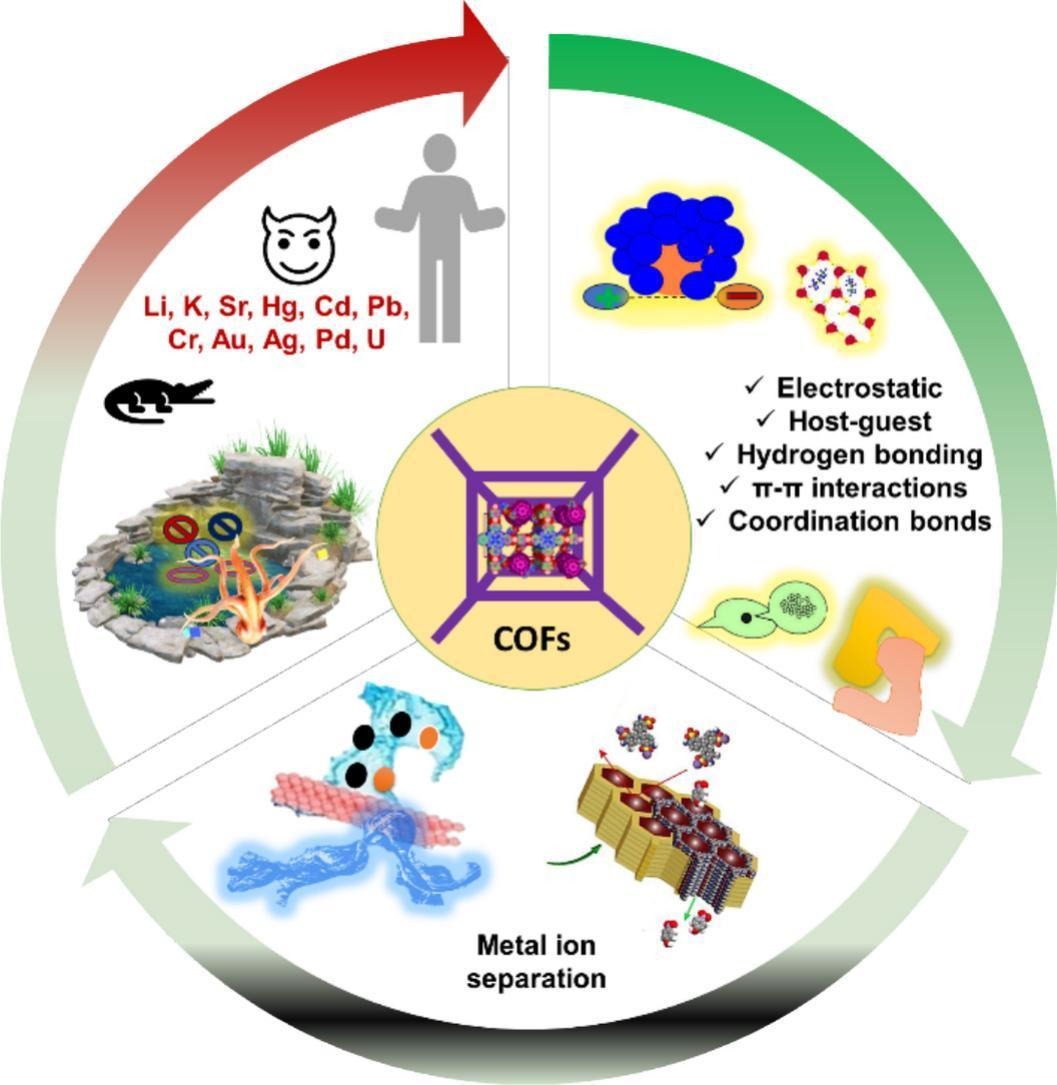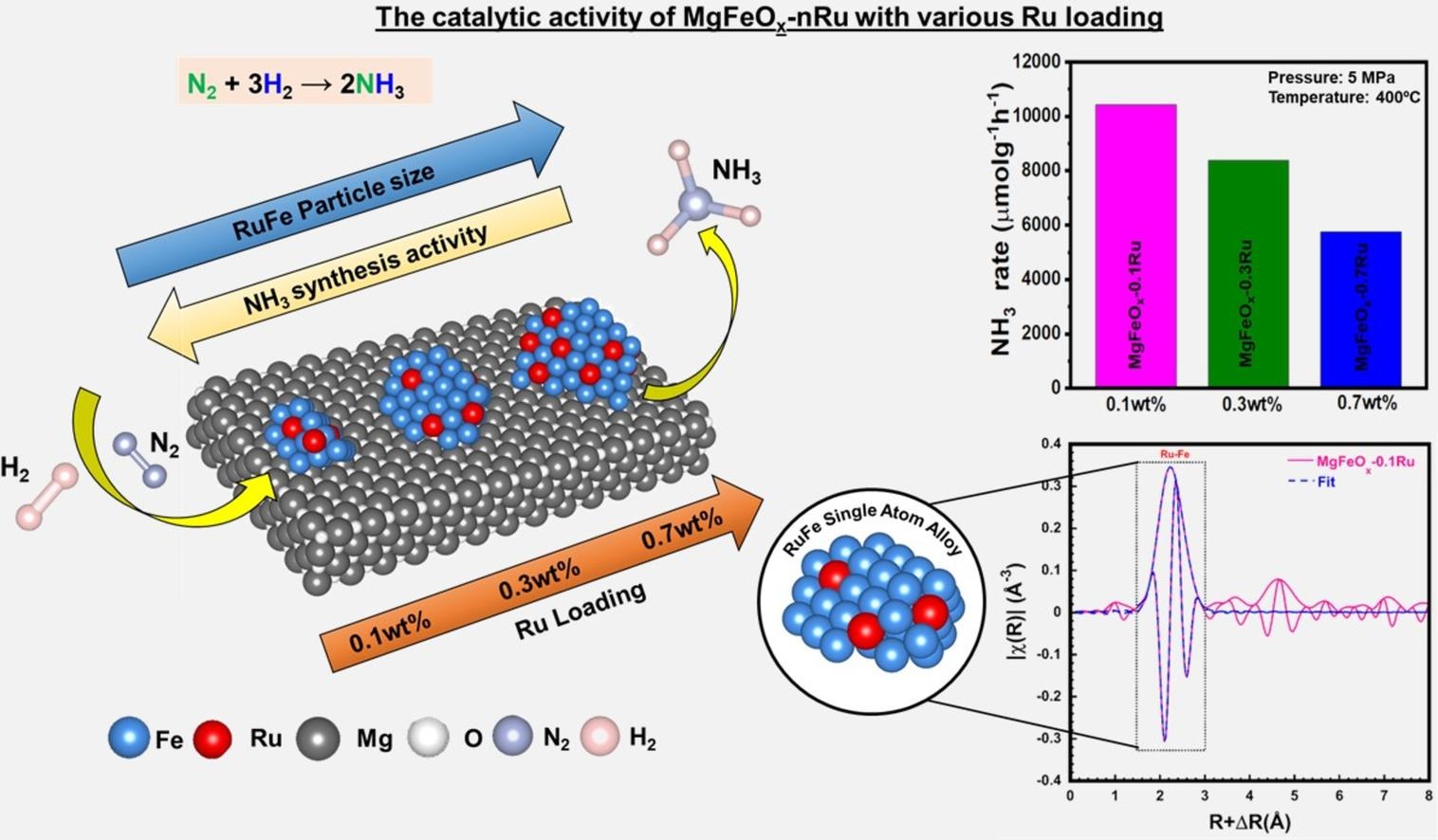The instability and toxicity of lead halide perovskites hinder their widespread application, despite their potential as novel X-ray materials. Organic-metal halide hybrids are promising luminescent materials with exceptional properties and low-temperature processing for cost-effective, eco-friendly, and high-performance alternatives. Here, we present lead-free, zero-dimensional hybrid halides, methyl triphenyl phosphonium manganese(II) chloride ((MTP)2MnCl4) and phenyltrimethylammonium manganese(II) chloride ((PTA)2MnCl4), grown sustainably by solution processing, in the form of large aggregated single crystals. The crystals have exceptionally high photoluminescence quantum yields of approximately 74.61% and 72.62%, showing strong green emission peaks at 512 nm and 525 nm, respectively. The crystalline materials featured 160 nm and 175 nm Stokes shifts, 40 840 and 29 500 photons per MeV high scintillation yields, and 144.65 and 594.06 nGy s−1, exceptional detection limits, respectively, revealing a self-absorption-free nature. Proving practical value, a flexible X-ray scintillator screen from a composite of poly(methyl methacrylate) and (MTP)2MnCl4 powder achieved an outstanding spatial resolution of 20 lp per mm, further cementing their viability as X-ray scintillators by being both environmentally friendly and highly effective.





